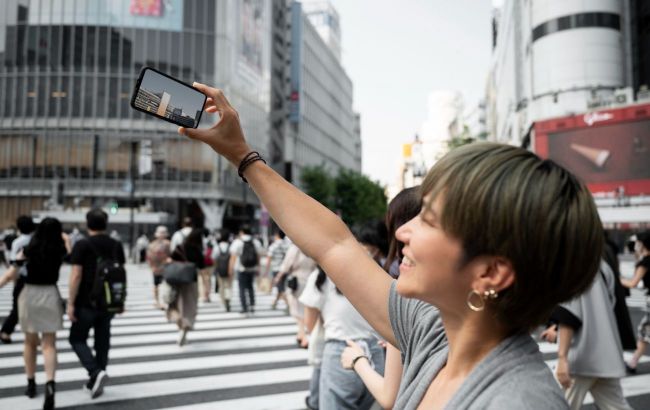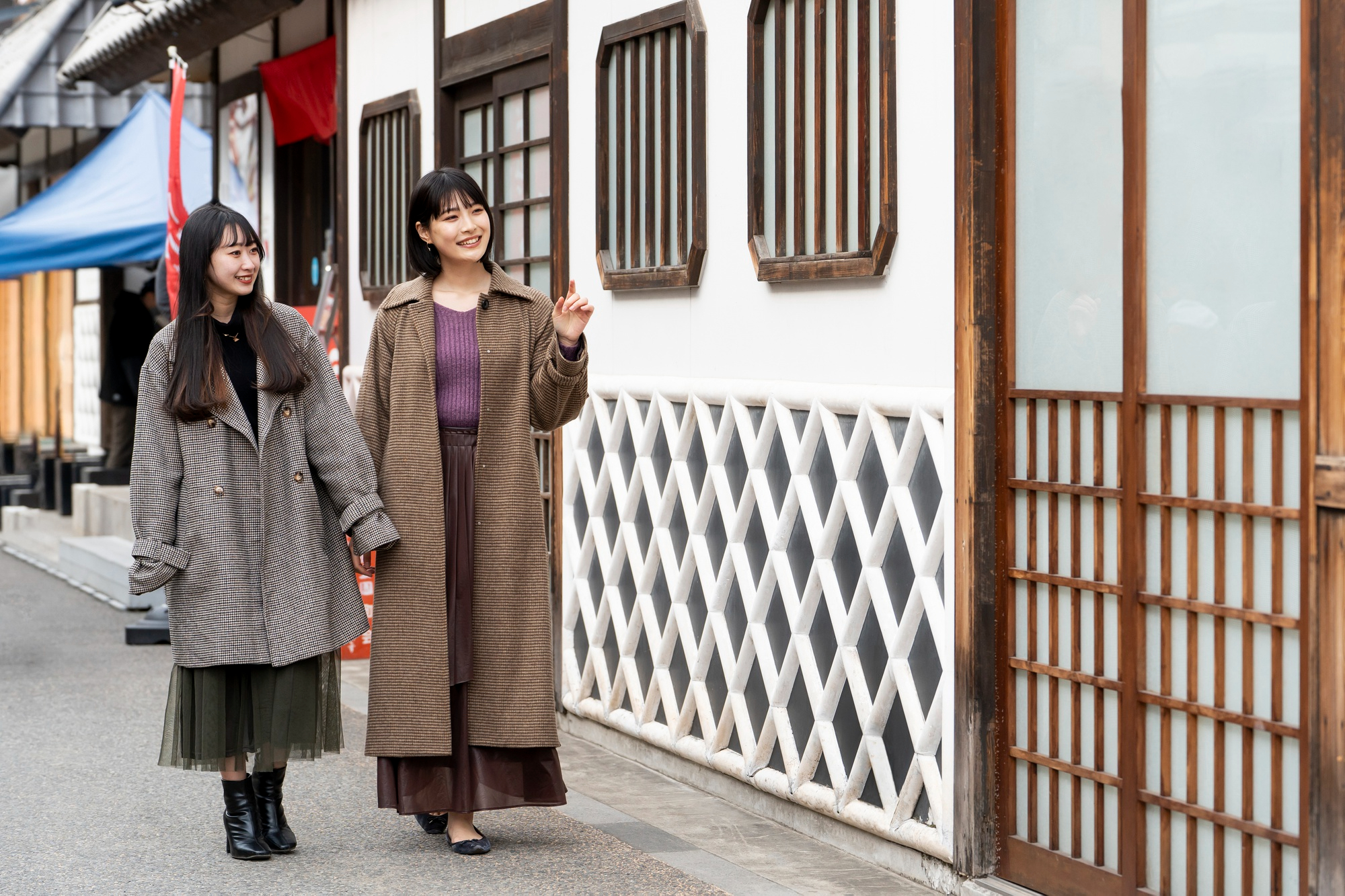Living where Google Maps fails: Country without street names
 Which country in the world has no street names and how people live there (photo: Freepik)
Which country in the world has no street names and how people live there (photo: Freepik)
Imagine a country where Google Maps is often helpless, and finding the right address is only possible with descriptions like "near the temple" or "behind the café on the corner." This is not science fiction but a reality in the large country of Japan. Here, most streets have no names, and even locals sometimes get lost among neighborhoods without signs. Yet for the Japanese, this system feels completely natural and even convenient. How people live in a country without street names, and what helps them navigate cities
Why there are no street names in Japan
In most cities worldwide, addresses follow the format "house number + street name." In Japan, it's the opposite: streets as such largely do not exist. Only a few main avenues have names; the rest are designated by a different system using neighborhood, district, and building numbers.
This is one of the oldest addressing systems in the world, dating back to the Edo period (17th century).
How Japanese address system works
A Japanese address does not include a street as we are used to, but follows a hierarchy of administrative zones:
- Prefecture (県 - ken)
- City or district (市 - shi / 区 - ku)
- Subdistrict (丁目 - chome)
- Block (番 - ban)
- Building (号 - go)
For example, Tokyo, Shinjuku-ku, Nishi-Shinjuku 2-8-1 means: Tokyo Prefecture, Shinjuku District, Nishi-Shinjuku Subdistrict, second block, eighth ban, first building.
There may be many streets between these buildings, but they remain unnamed.
How Japanese people navigate without street names
For locals, this is not a problem. They are accustomed to orienting themselves by landmarks, such as nearby subway stations, stores, temples, hotels, or parks.
So if you ask a Japanese person for an address, they might say: "Three minutes on foot from Lawson" or "Next to the temple." This is why Google Maps often struggles in Japan, as it does not always understand the neighborhood structure.
 Japan has no street names, but locals are used to it (photo: Freepik)
Japan has no street names, but locals are used to it (photo: Freepik)
Why the system doesn't change
Despite obvious difficulties for foreigners, Japanese people consider this system logical. It is based not on linear roads but on historical city layouts, where buildings were constructed around a central point (castle, temple, or palace). Changing it today would require rewriting millions of addresses and documents.
Interesting facts
- In some areas of Tokyo, buildings are numbered not sequentially but by their construction date.
- Even the Japanese sometimes use QR codes and GPS coordinates instead of full addresses.
- Japan Post has its own internal maps with manually marked buildings. This is how postal workers navigate every day.
 In Japan, navigation is based not on addresses but on nearby landmarks (photo: Freepik)
In Japan, navigation is based not on addresses but on nearby landmarks (photo: Freepik)
How to find an address in Japan: Tourist checklist
- Always look for the district and subdistrict (chome), not the street.
- Remember the postal code, as it helps with deliveries.
- Use Google Maps and photos of the location to identify landmarks.
- Pay attention to the nearest subway station because the Japanese often use it as a reference point.
- If you get lost, ask a local for the nearest store instead of a specific address. Otherwise, ask a police officer, as this is normal practice in Japan.
Earlier, we wrote about countries that offer free housing through special programs.
Sources: Japan Post Official Site, Nippon.com, The Japan Times, National Geographic Japan, HRC Japan, Tokyo Metropolitan Government Official Portal.

